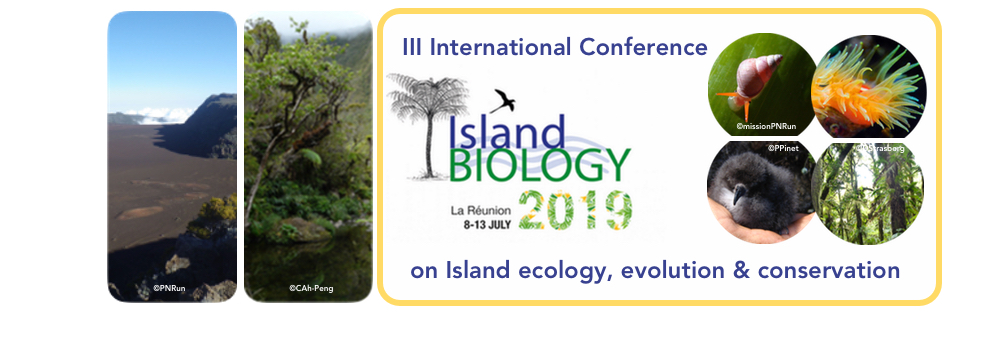The island of Madagascar is infamous for its exceptional biota with high levels of endemism at different taxonomic levels. Based on its separation from other landmasses in deep geological time, associated vicariance, and a nearly continuous history of subsequent colonization events, the fauna and flora of the island has few parallels in the world. Madagascar has a remarkable diversity of unique organisms, many micro-endemics, and a complexity of adaptive radiations. These aspects have been the themes of research for several decades and the importance of these biological splendors continue to be documented with continuous new discoveries, as well as this information being incorporated into on-going conservation programs. One of the critical aspects is that the vast majority of the terrestrial biota is forest dwelling. On the basis of a shifting sequence of factors ranging from traditional practices associated with slash-and-burn agriculture and creation and maintenance of cattle pasture, and the recent increase in commercial logging, the natural vegetation of the island has been greatly reduced. Further, different aspects of commercial exploitation of the country's mineral wealth are on the increase. Estimates indicate that less than 8-9% of the original forest cover remains and, most critically, the current terrestrial protected area system contains a large percentage of the enduring native forests. In 1989, Martin Nicoll and Olivier Langrand published a review of Madagascar's protected areas, and from a local or international perspective, this was a monumental advancement. Subsequently, several important aspects have changed for the positive, including a dramatic increase in the number of conservation sites, numerous conservation organizations working together to protect the remaining natural areas, enormous efforts to study and document the biota of the island, generations of national field biologists emerging, new perspectives on the evolutionary history, systematics, and ecology of a multitude of organisms, and something approaching an exponential growth in available information. On the negative side, particularly overlaid on population growth and economic problems, rates of deforestation have not notably decreased, fire remains an important problem, and different forms of natural resource exploitation are on the increase. In any case, all of these aspects provide the need to revisit the synthesis of Nicoll and Langrand. In this presentation, which is based on a recent large-scale review of 98 terrestrial protected areas of Madagascar, different historical aspects associated with the advancement of conservation on the island, and the status of the protected area system are given. The results of recent analyses within these protected areas associated with forest loss, problems with fire, and different forms of exploitation (removal of hardwoods, bush meat, etc.) are discussed. Contrasts are made between the pressures on different forest types and local cultural traditions. The final portion of the lecture addresses measurable advances in the protected area system, what we now know about the diversity of the islands vertebrates, and coherent plans for prioritization of continued biological exploration of the island.

|
|
|
|
The history, current status, and future of the protected areas of Madagascar
2 : Association Vahatra
BP 3972, Antananarivo 101 -
Madagascar
1 : Field Museum of Natural History
* : Corresponding author
1400 South Lake Shore Drive, Chicago, Illinois 60605 -
United States
|
| Online user: 41 | RSS Feed |

|
 PDF version
PDF version